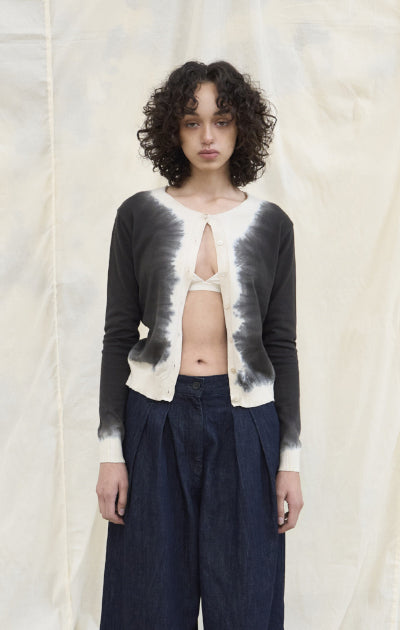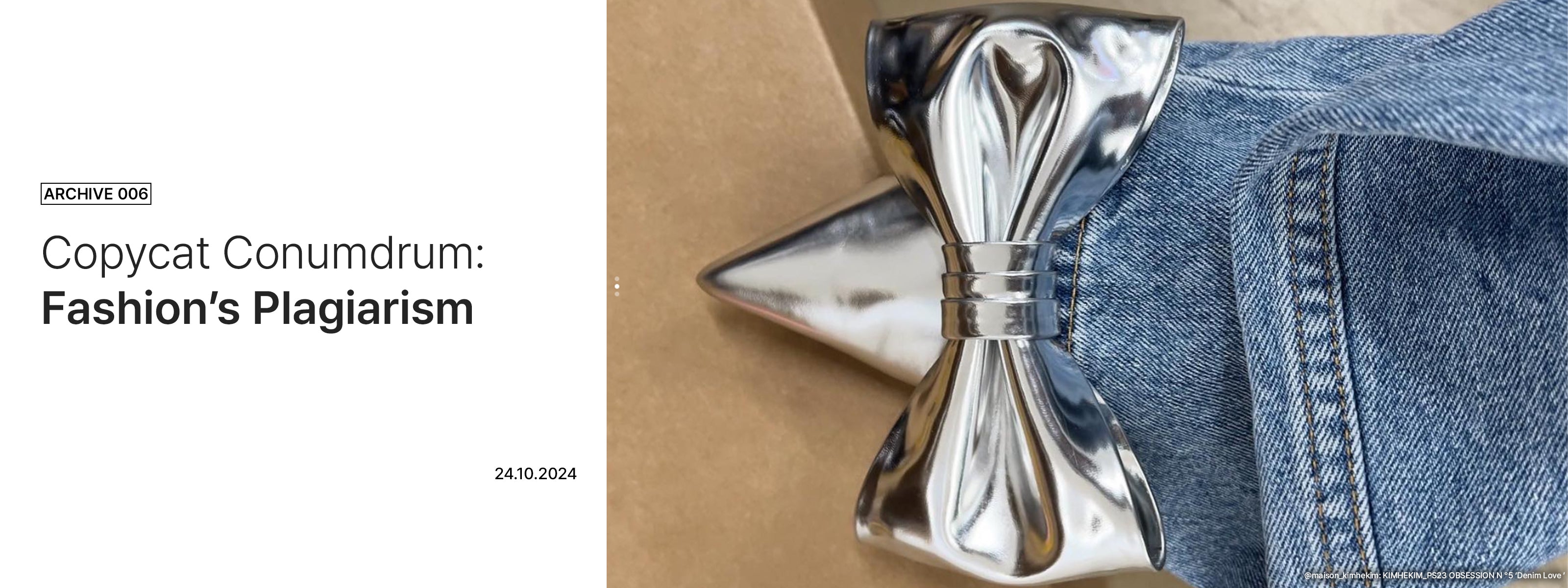※ ORIGINAL CONTENT ※
※ ORIGINAL CONTENT ※
ㅤ
The fashion industry has long grappled with design plagiarism.
ㅤ
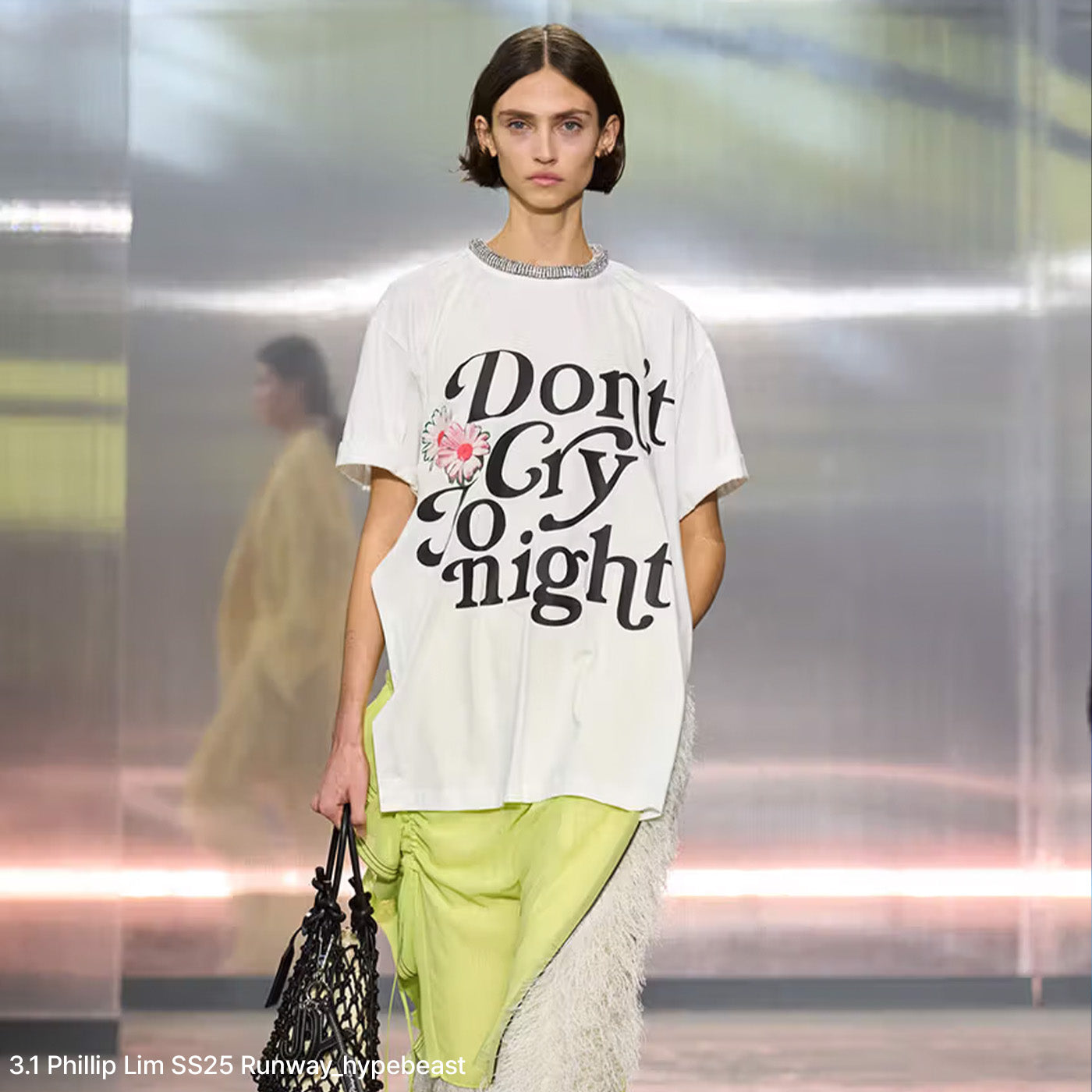
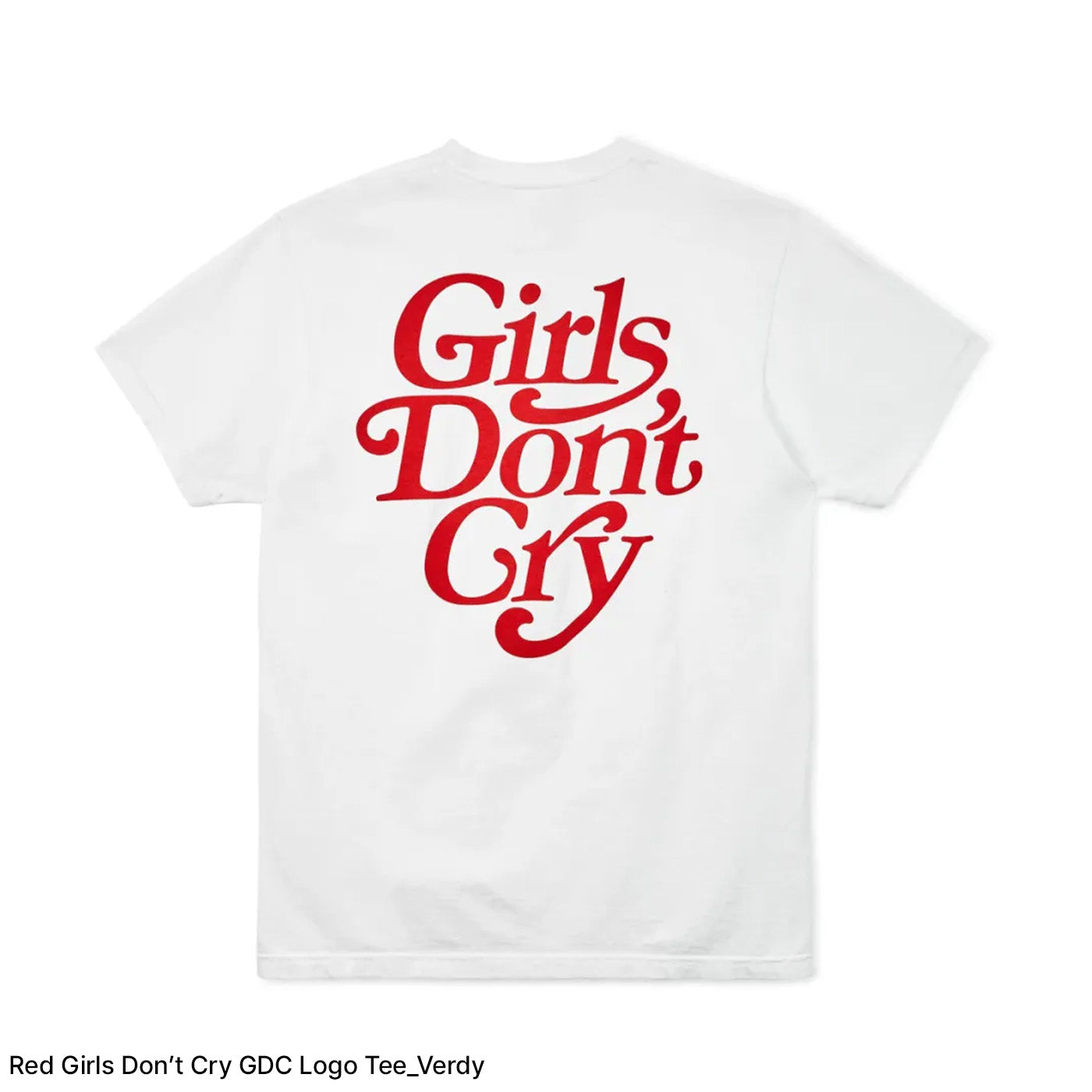
ㅤ
Recent legal clashes between Verdy and Philipp highlight the ongoing struggle of this issue as brands are publically called out for copying designs.
With the rise of digital marketplaces and diverse distribution channels, plagiarism has become more complex and widespread.
Artists, designers and brands too often find themselves in legal crossfires, as creative efforts get commercialized and diluted.
So, how do we ensure that fashion evolves into a more fair and creative space?
ㅤ
※ ORIGINAL CONTENT ※
※ ORIGINAL CONTENT ※
001
Raising Awareness:
Creators and Consumers Need a Wake-Up Call
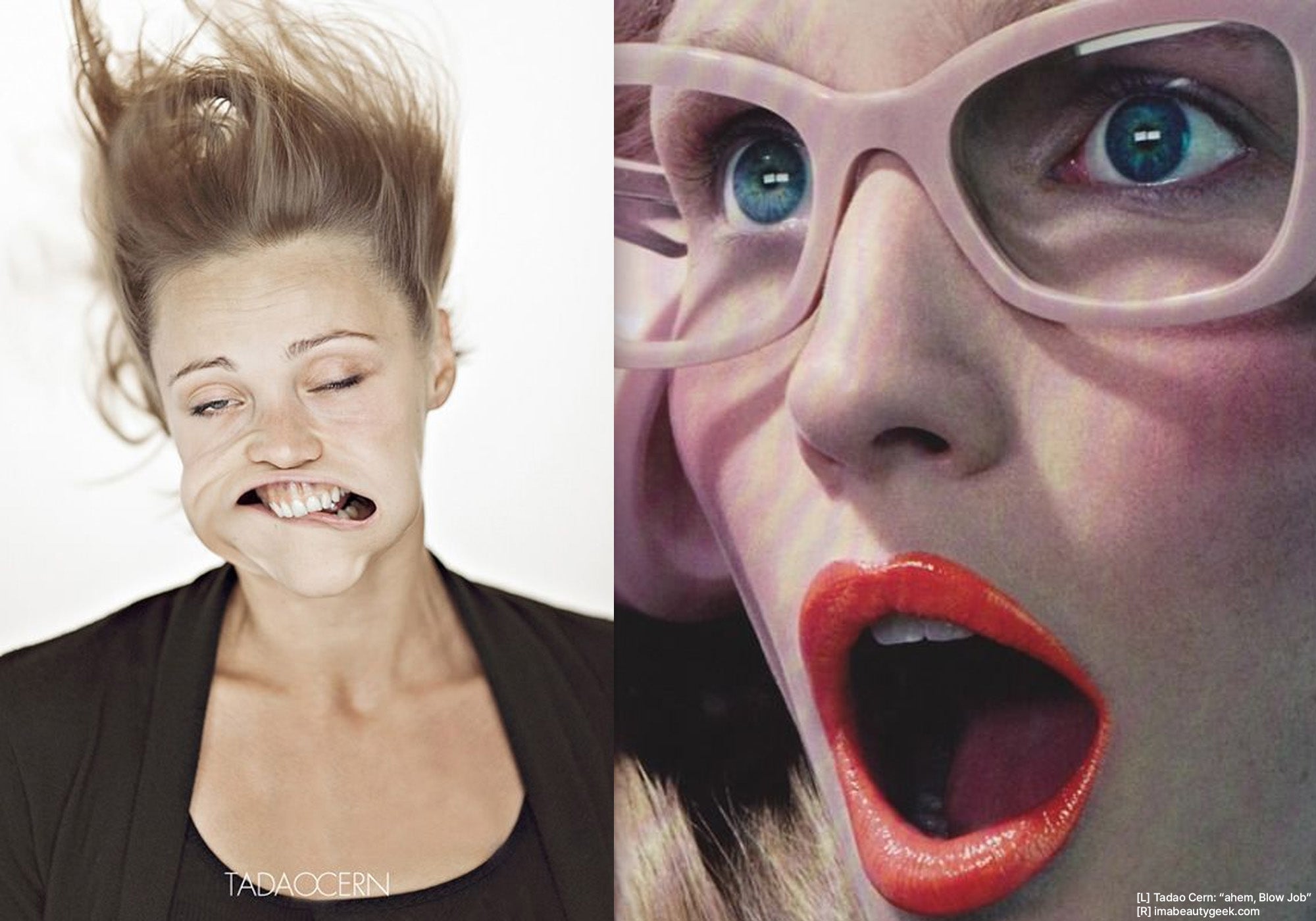
Design plagiarism is a two-way street — both creators and consumers share the responsibility.
Many brands casually pass off plagiarism as “affordable inspiration” but in reality, this is more than imitation — it’s creative theft.
Just look at the Verdy and Philipp dispute: while ideas can be stolen, their intrinsic value is often lost.
Consumers need to stop fixating on price tags and start recognising the true worth of originality.
※ ORIGINAL CONTENT ※
※ ORIGINAL CONTENT ※
002
Protecting Designers’
Creative Freedom
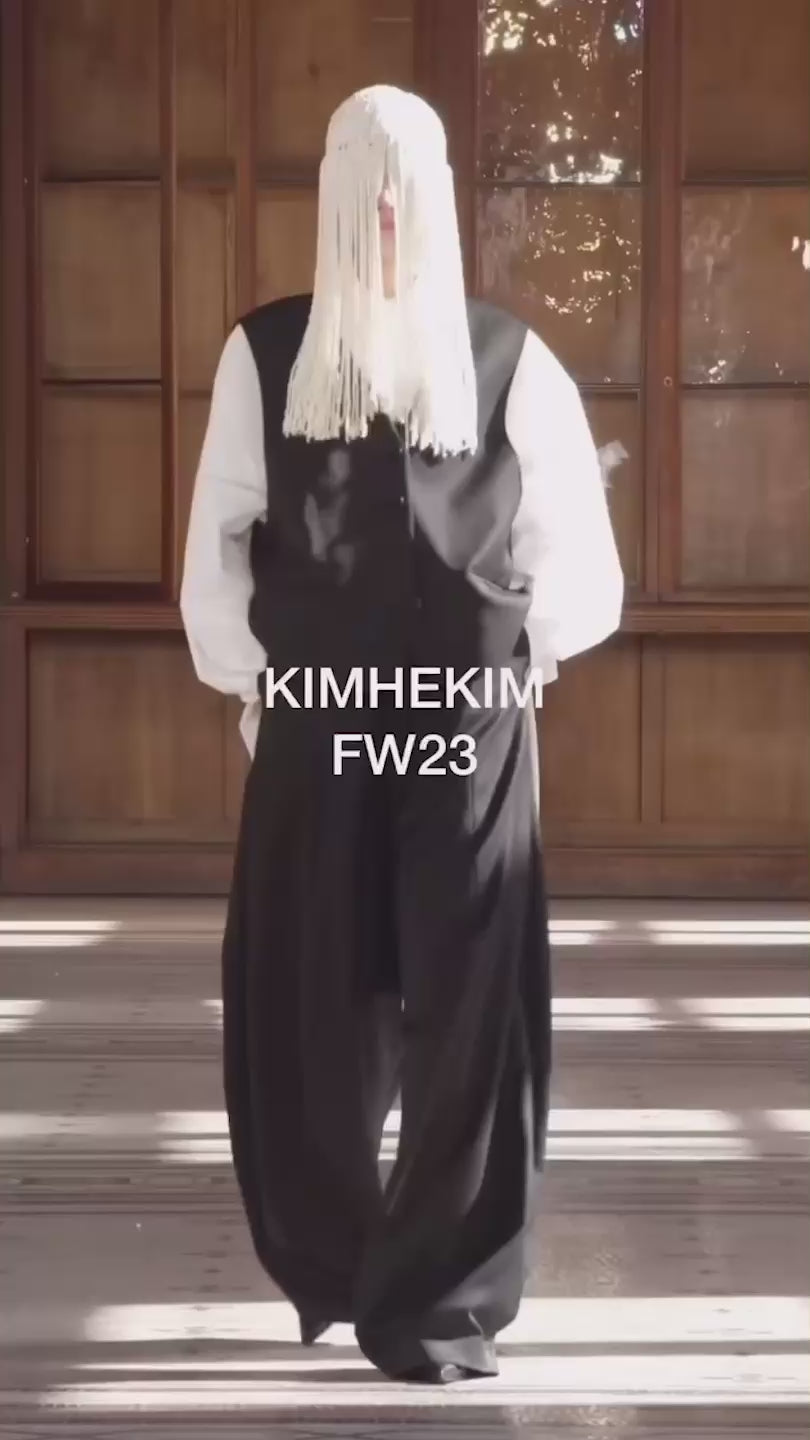
instagram / @maison_kimhekim
ㅤ
For designers to thrive creatively, they must be able to work without the fear of plagiarism looming over them.
Strengthening legal protections and simplifying the process of registering original designs can play a crucial role.
Brands must also foster a culture of creative autonomy, allowing designers the freedom to explore new ideas while ensuring their work remains protected.
This approach ensures that designers can continue to push boundaries, knowing their creative integrity is safe.
ㅤ
003
Brands, Collaborate.
Not Compete
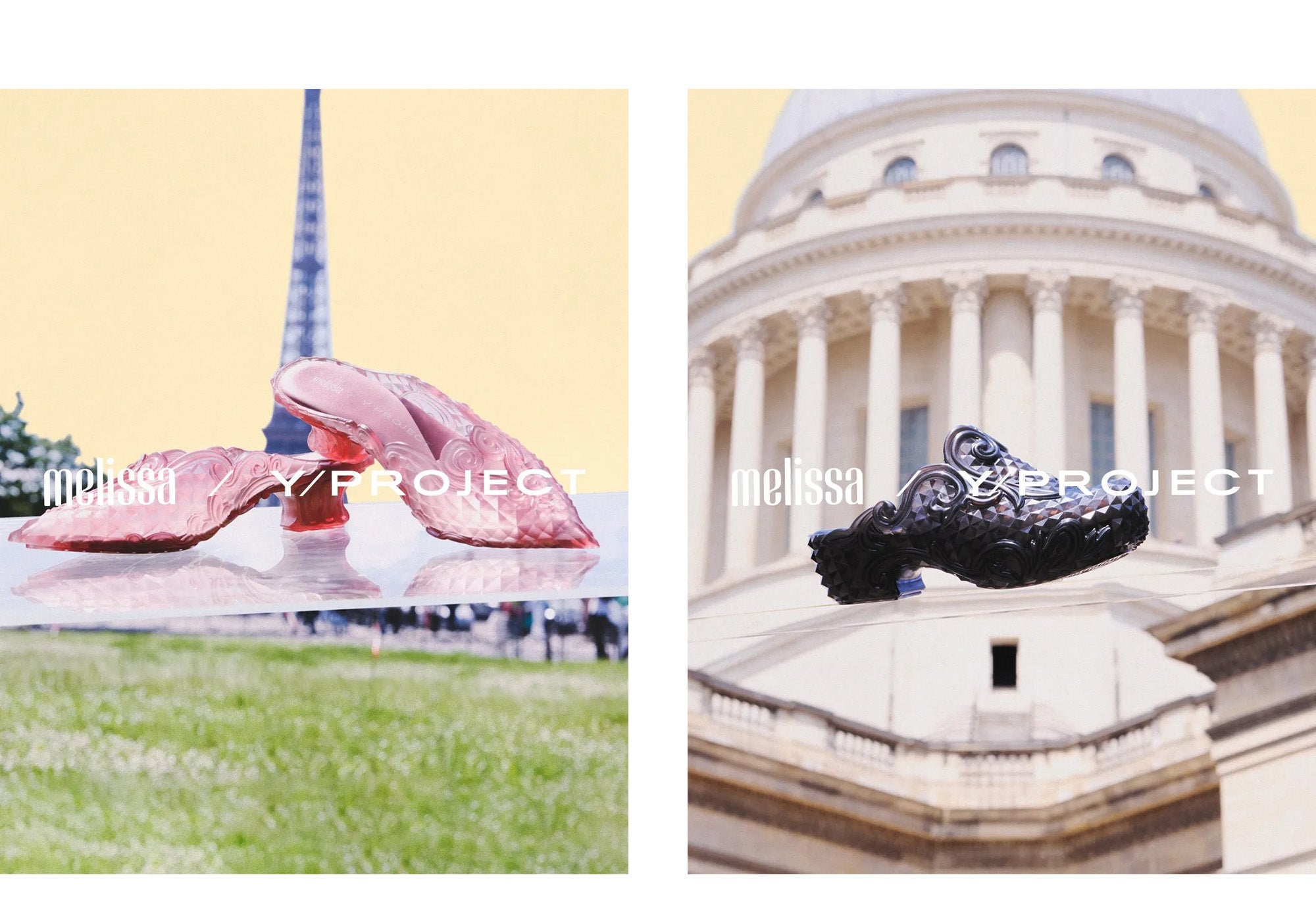
Brands need to unite and protect each other’s creations.
Look at how Y/ Project and Melissa came together for a collaborative collection — this partnership preserved both brands’ unique identities while safeguarding their creative output.
By fostering a collaborative environment, brands can build a protective network that makes it harder for plagiarists to strike.
※ ORIGINAL CONTENT ※
※ ORIGINAL CONTENT ※
ㅤ
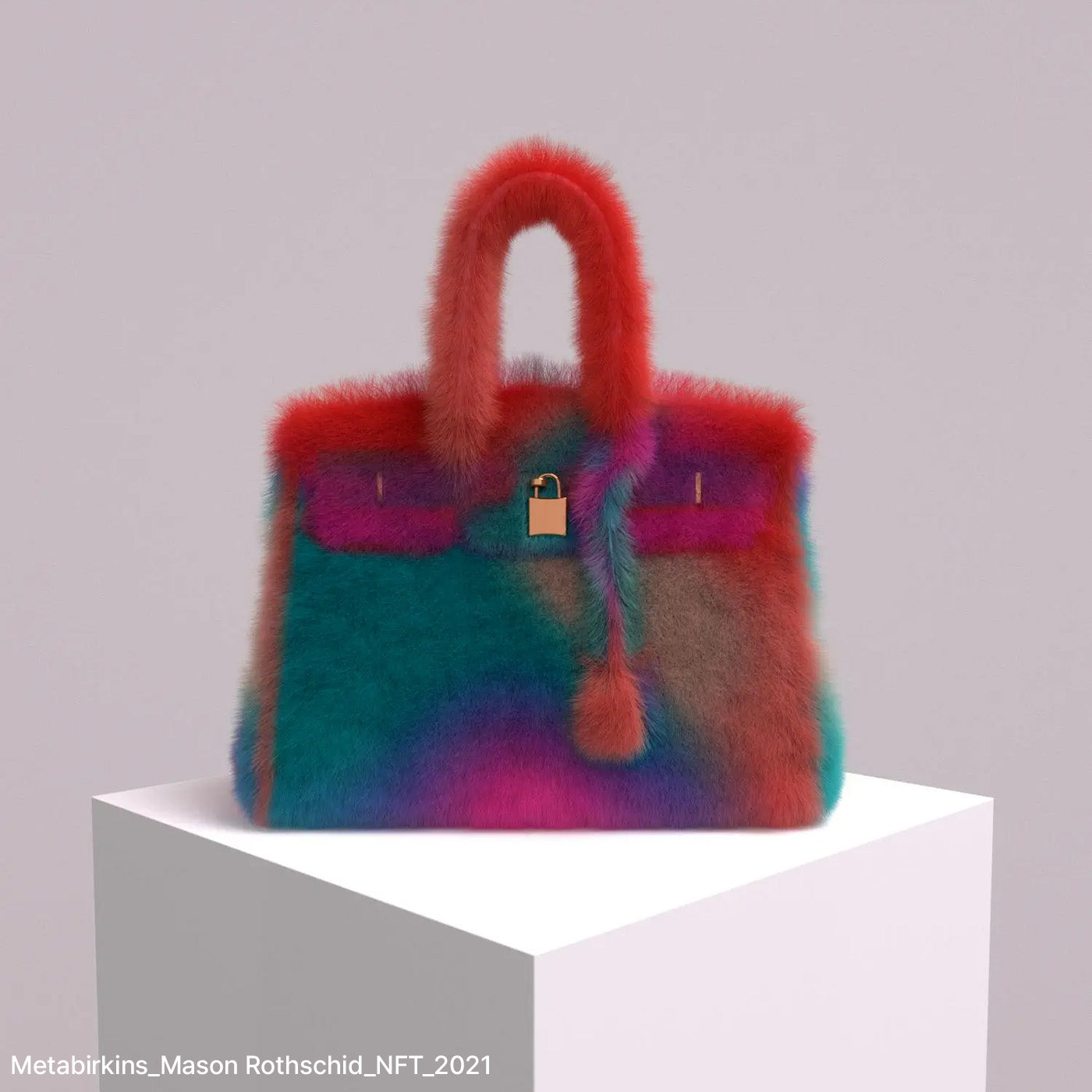
004
Consumer Consciousness:
Time to Stop Buying Knockoffs
Consumer education shouldn’t just stop at “buy authentic.”
We need to teach people how to spot fakes and why authenticity matters.
With the rise of digital fashion, counterfeits are no longer limited to physical goods — fake digital assets are becoming an issue too.
Now, it’s up to consumers to ensure they support genuine creativity, both in real life and online.
※ ORIGINAL CONTENT ※
※ ORIGINAL CONTENT ※
Design plagiarism in fashion isn’t just a legal challenge — it’s an existential threat.
Protecting creativity means more than just lawsuits; it’s about fostering a culture of originality.
Designers, brands, and consumers all have a role to play in this battle.
Through awareness, collaboration, and education,
we can transform the fashion industry into a space where innovation is celebrated and protected.
This isn’t just a fight for today — it’s a fight for fashion’s future.
And it’s one we can’t afford to lose.
ㅤ

Drop down your thoughts and let's keep this in our Archives x


